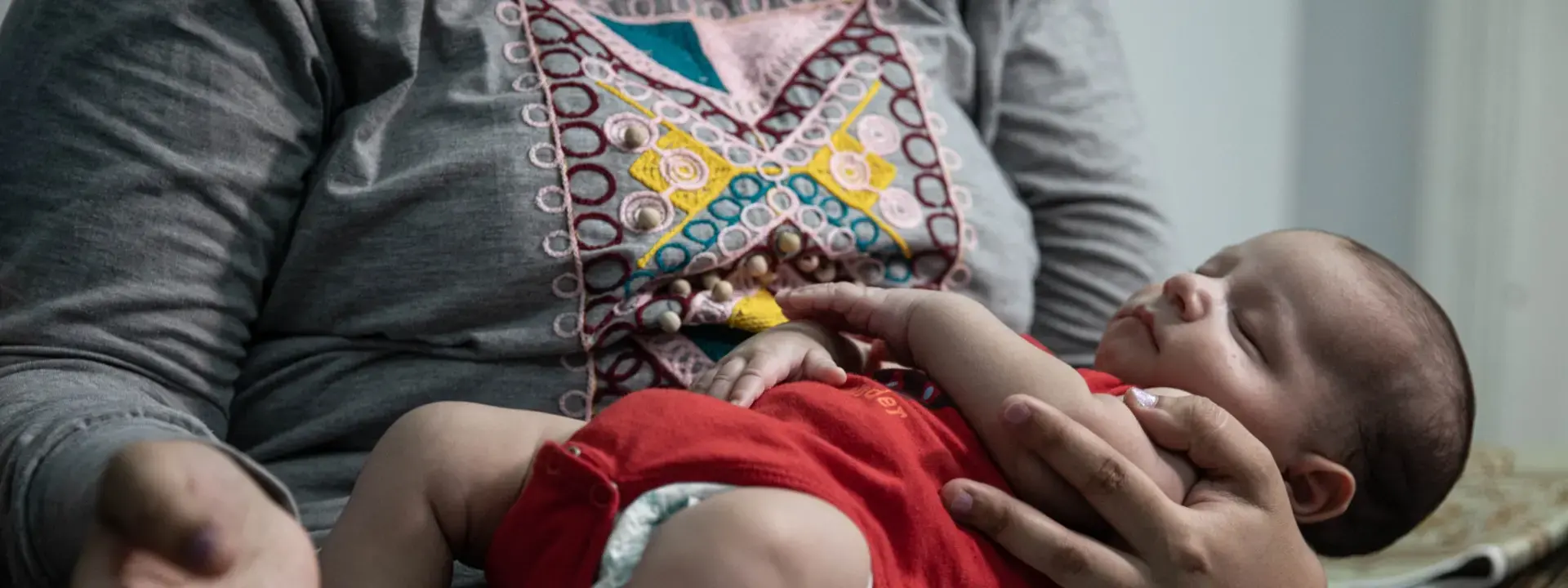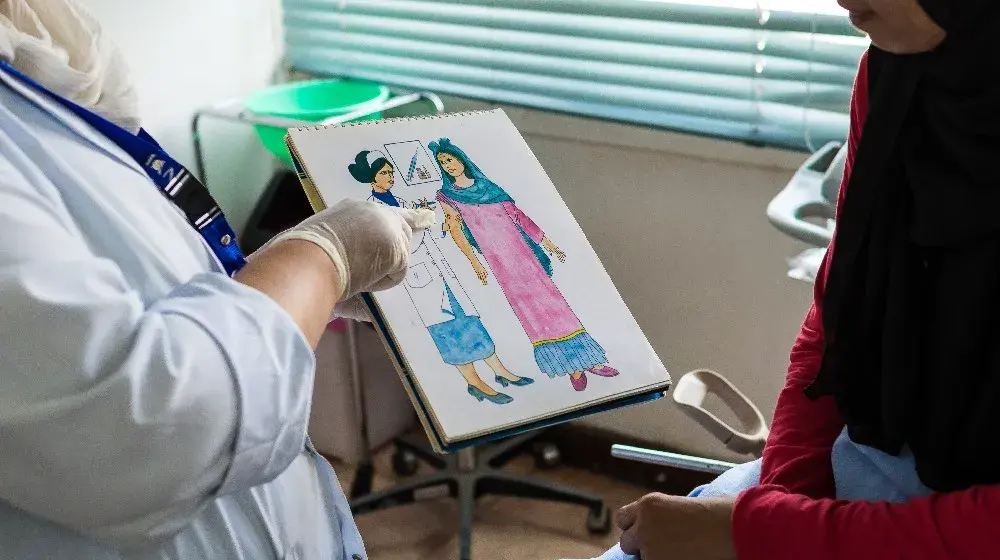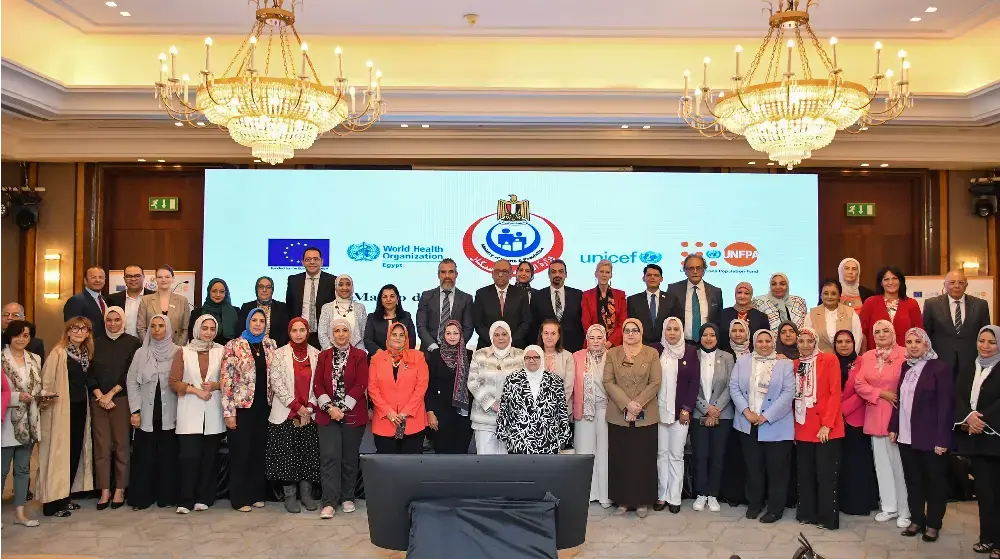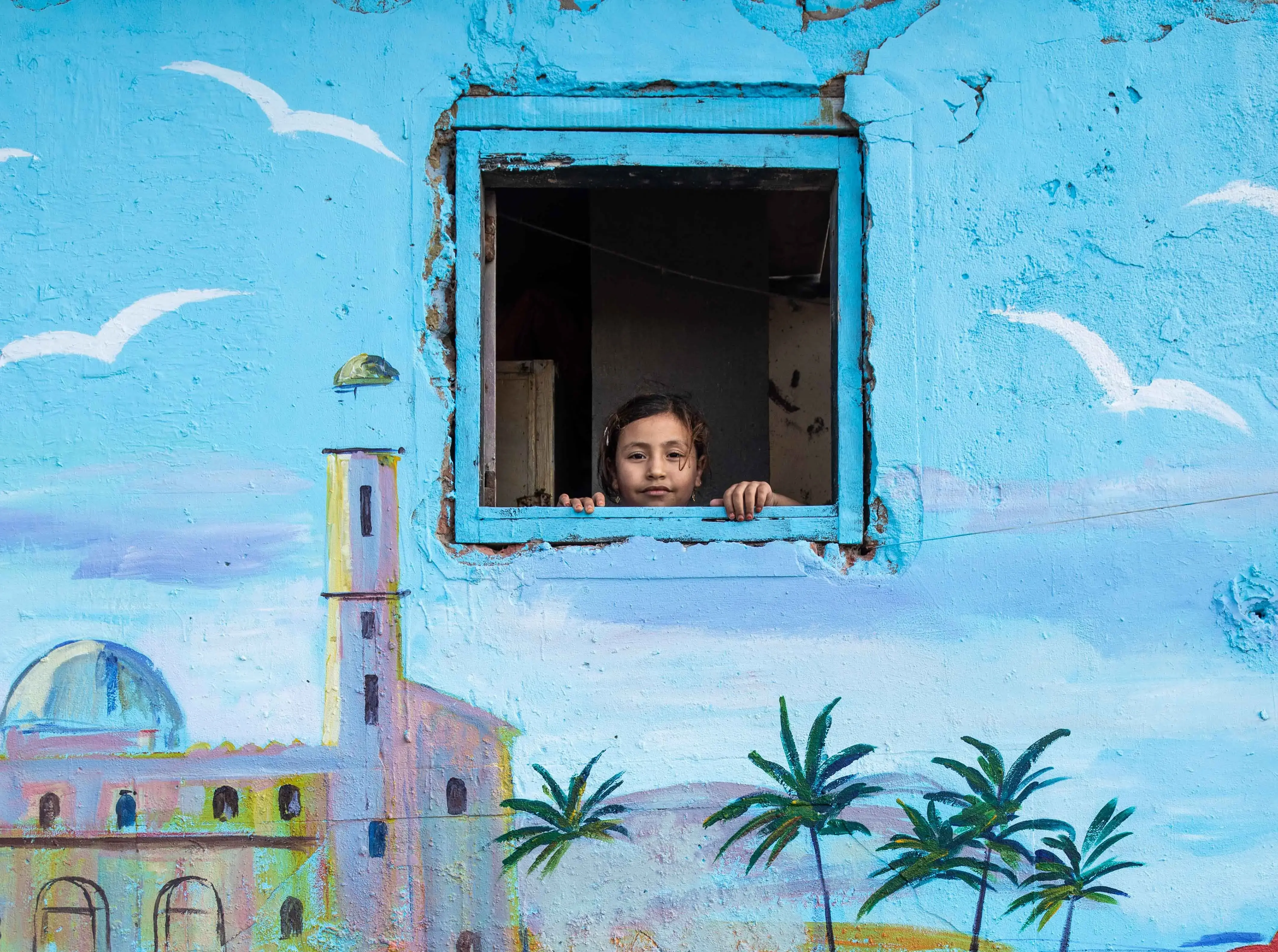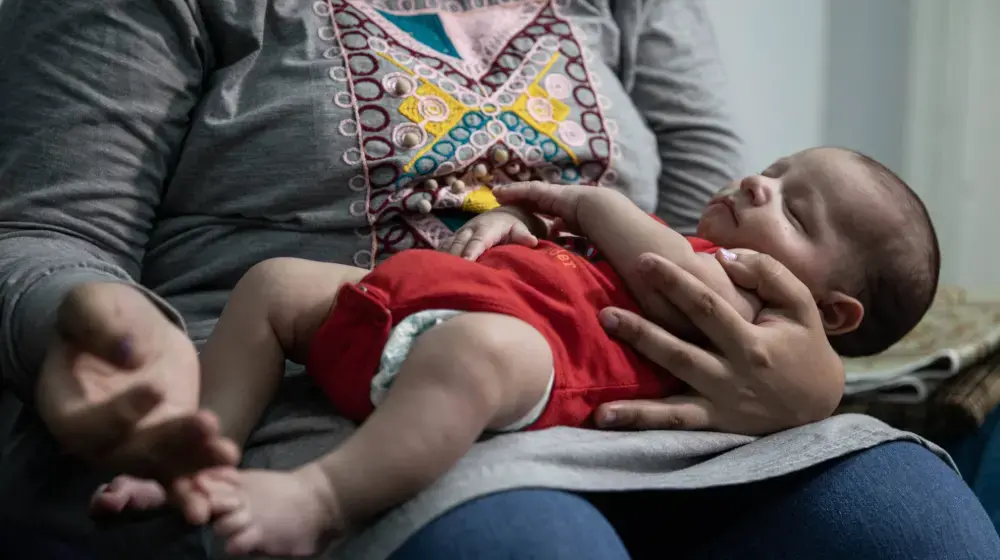More lives could be saved if all women had access to voluntary family planning, ensuring that births are spaced properly, to skilled attendance at all births, and to emergency obstetric care. UNFPA is committed to reducing the high levels of maternal death and disability that exist today.”
— Thoraya Obaid, Executive Director of UNFPA, 2006
Every minute, another woman dies in pregnancy or childbirth. Every minute, the loss of a mother shatters a family and threatens the well-being of surviving children. For every woman who dies, 20 or more experience serious complications. These range from chronic infections to disabling injuries such as obstetric fistula. Maternal death and disability rates mirror the huge discrepancies that exist between the haves and the have-nots both within and between countries.
Working for the survival of mothers is human rights imperative. It also has enormous socio-economic ramifications and is a crucial international development priority.
Maternal Mortality remains one of the main issues worldwide, as clearly reflected in the Millennium Development Goals (MDG 5) and in the International Conference on Population and Development (ICPD) where: “Complications related to pregnancy and childbirth are among the leading causes of mortality for women of reproductive age in many parts of the developing world, resulting in the death of about half a million women each year, 99 per cent of them in developing countries. The age at which women begin or stop child-bearing, the interval between each birth, the total number of lifetime pregnancies and the sociocultural and economic circumstances in which women live all influence maternal morbidity and mortality. Although approximately 90 per cent of the countries of the world have policies that permit abortion under varying legal conditions to save the life of the mother, a significant proportion of the abortions carried out are self-induced or otherwise unsafe, leading to a large fraction of maternal deaths or to permanent injury to the women involved.”
This programme serves the first outcome set in the UNFPA’s 9th Cycle Country Program “Women in reproductive age, men and young people have increased access to quality FP/RH services”. The programme seeks to accelerate the achievement of universal access to reproductive health services through the reduction of inequities in accessing safe deliveries, and family planning services and to assist Egypt to meet the goals of MDG 5A around maternal health. Systems enhancement, advocacy and evidence based policy dialogue will be conducted at the central level, while capacity development and community-based interventions will focus on Assiut and Sohag. Hence, for its 9th Country Programme Action Plan (2013-2017), Egypt and UNFPA have decided to focus on Assiut and Sohag, the 2 governorates with poor maternal health, poverty and health human resources indicators.
Egypt Situation:
The maternal mortality ratio (MMSS, 2013) in Egypt is 52/100,000, a significant reduction compared to 174/100,000 in 1990 so Egypt was close to achieving the targets in MDG 5 (Millennium Development Goals). However, Egypt has been facing challenges in reducing maternal mortality such as decreased contraceptive prevalence rate, adolescence pregnancy, unmet need for family planning, as well as, delivering in non-licensed places such as private clinics.
On the other side there have been significant disparities, where certain governorates have been lagging and having worse indicators than the national figures. According to EDHS,214, 92% of women who had deliveries among the sample used health facilities. Many of these women (61%) preferred deliveries by private sector physicians - who at most times, especially in rural areas, are also government employed. However, according to MMSS,2013, maternal deaths in private facilities has increased to 30% of total maternal deaths in 2013 (compared to 20% in 2011). As for the sites that referred the cases 54.7% and 36.1% were referred from home and private clinics respectively.
Data show that regular antenatal care visits increased to 83% in 2014 (compared to 67% in 2008) nationwide, with Sohag having one of the lowest figures at 70.3 per cent. Medically assisted deliveries dramatically increased between 2008 and 2014 from 79 to 92%. There is also a significant increase in C-section deliveries standing at 52% (DHS, 2014) reaching more than 75% in Port Said and Damietta.
UNFPA interventions:
- One of the main interventions for the 9th cycle introduced over the past years is capacity building for service providers aiming to create a base of trained personnel as well as trainers, particularly where lack of health service delivery personnel in some primary healthcare units, especially in rural Upper Egypt which remains a challenging area.
- UNFPA/Egypt is continuing to support the training of skilled, certified nurse-midwives to assist in labor in households to capable of performing normal delivery and referring complicated deliveries in a timely basis. An assessment of midwifery curriculum supported by UNFPA started in 2012, this year UNFPA is supporting its final review, printing and dissemination.
- On the other hand, some physicians in Assiut and Sohag trained, with UNFPA’s support, on Comprehensive emergency obstetric care (CEMOC), as part of the national MCH acceleration plans that started in 2013.
- UNFPA is assisting the Ministry of Health to reduce maternal mortality by supporting safe motherhood committees who validate deaths as cases of maternal mortality , printing women health cards for primary health care units (PHCUs), and enhancing the equipment of five PHCUs in Cairo .
- Arising from UNFPA’s acknowledgement of the importance of data management, we are supporting the national research on C-section deliveries in Egypt: its causes, determinants and consequences.
UNFPA Partners:
UNFPA works with several partners and sister-organizations to achieve the programme’s objectives, namely: Maternal Health Unit, Primary Health Care Sector, Ministry of Health, as well as UNICEF/Egypt and WHO/Egypt.

